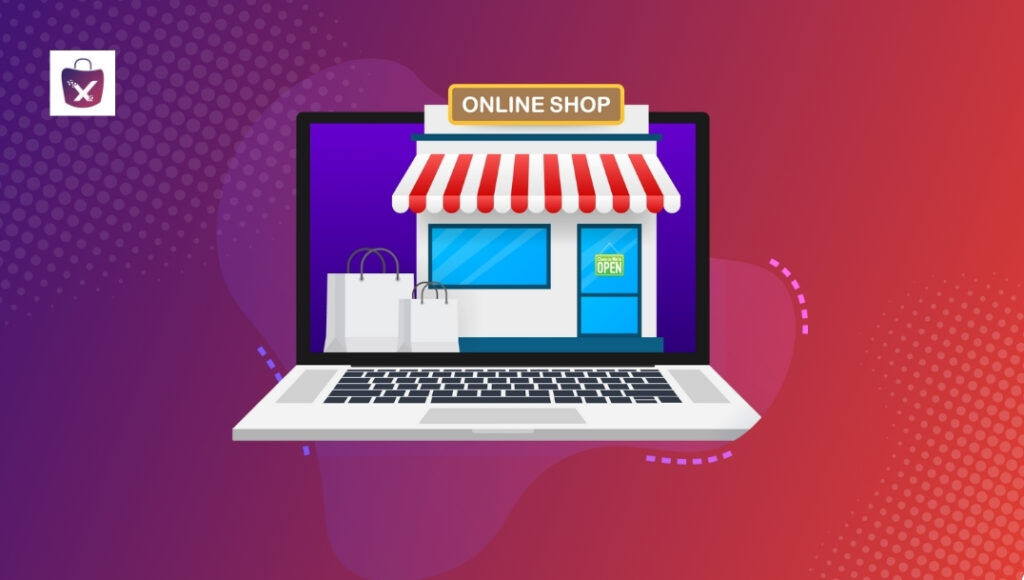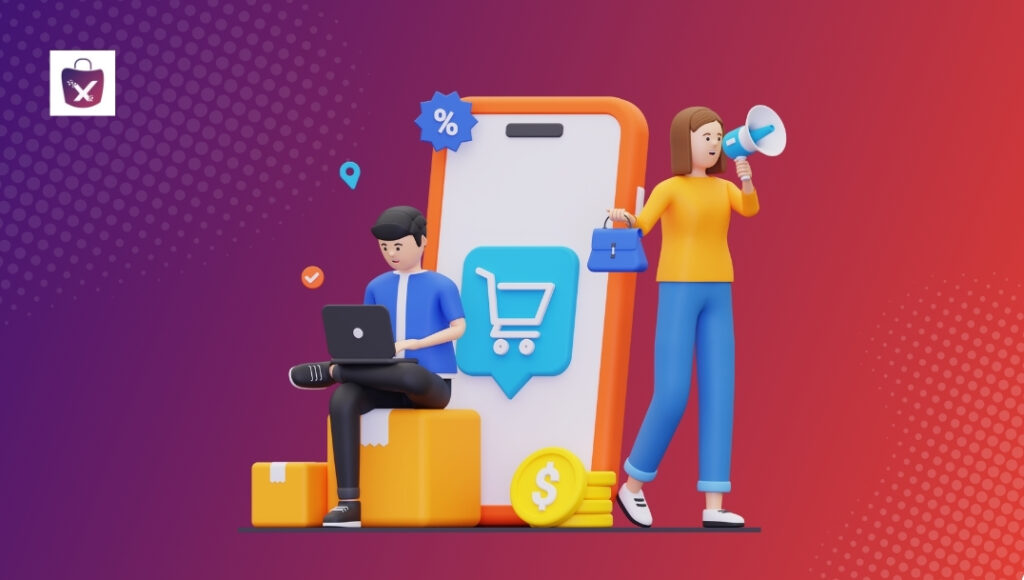The phenomenal growth of ecommerce over the last half decade means two things, right off the bat – there is great opportunity to exploit and grow, and it’s a crowded street at the Sunday bazaar. Given the scope of ecommerce, it should come as no surprise that selling online is growing progressively more competitive. With each day, new players are entering the market, pushing prices down and giving customers a wider playing field.
In 2024, the ecommerce landscape is even more dynamic, driven by emerging technologies like artificial intelligence (AI), augmented reality (AR), and virtual reality (VR). These innovations are reshaping the way customers shop online, offering more personalized and immersive experiences. For sellers, this not only means understanding these technologies but also leveraging them to stand out in a highly competitive market.
Customers have become increasingly conscious of product quality standards and given the extent of competition, may just end up ignoring your stall inadvertently because you were not visible enough. Over two decades ago, eBay led the online marketplace revolution and as of today, online marketplaces are a blessing for small business owners trying to scale up beyond the traditional brick-and-mortar stores. Now since the success of a marketplace largely depends on how well they manage their small business partners, it is up to you to help them and their products stand out.
So what does this exactly mean for you, as a seller? Namely, two things:
- You have to carefully study the market forces and demand trends before you get in with both feet.
- You absolutely must, and at any cost, stand out in the crowd of sellers vying for the customer’s attention.
We have already discussed some of the aspects of understanding market forces elsewhere. This time around we will try and focus on how to make sure your marketplace stands out among the thousands that are already there.
Understanding Market Forces:
The ecommerce market in 2024 is characterized by several key trends that sellers must understand:
- Sustainability: Consumers are increasingly prioritizing sustainable and eco-friendly products. Understanding the demand for such products can help you tailor your offerings accordingly.
- Personalization: AI-driven personalization is now a standard expectation. Customers want personalized recommendations and shopping experiences that cater to their unique preferences.
- Social Commerce: Social media platforms are becoming significant sales channels. Leveraging these platforms effectively can enhance your visibility and engagement with potential customers.
Staying informed about these trends and using data-driven insights to adapt your strategies will be crucial for success.
Building Brands with Stories
One of the fundamental techniques to set you apart is to have a unique story to tell about yourself. Your story establishes your background – where you came from, the challenges you faced, your vision and your mission – all of these things humanize you, makes you more identifiable to individuals in the audience, like your customers. It, therefore, becomes essential for you and your vendor partners to tell stories which can go on to increase the value and noteworthiness of the products you list and your marketplace in general.
In 2024, consumers value transparency, authenticity, and ethical practices. Sharing stories about your sustainable sourcing methods, fair trade practices, and community impact can resonate deeply with your audience.
Examples:
- Askinosie Chocolates, a Missouri based company decided to put a picture of the different cocoa bean farmers they work with on each wrapper and on their blog they share the stories of the people they work with. Since the company has started communicating with their customers about how their product is sourced and who they work with, sales have gone up by a margin of 30%.
- Stlo, an outdoor apparel company based in Wyoming also does something similar through their blog and other online channels. A team of professional writers interview and chronicle the lives of people living in mountain communities across the United States. This helps the company tell its brand story, engage customers and adds value by developing an emotional connection with the great outdoors.
In short, telling stories connects you to your customer on a human level. It makes them feel as if they are not just communicating with a drone-powered business run by faceless suits. This, in turn, makes your marketplace meaningful and the products you and your vendors are selling, exceptional – in total, a unique buying experience which will always make you stand against sellers posting generic product descriptions and specifications.
A Picture is Worth a Thousand Words
Since the entire process of buying almost anything online is completely intangible, it makes sense to work on ways to deliver a virtual sense of tactility for your inventory to the largest possible extent. The best way to achieve this is through detailed product descriptions which cover everything a customer needs to know about buying the product. Even if they can’t touch it, they can at least make some sense of what the product will be like.
Few things to note as far as great product pictures are concerned:
- White backgrounds give listings a very neat and professional look, although it doesn’t really up the aesthetic factor by much.
- Experiment and develop your own technique and aesthetics, unique to your marketplace and use it consistently for all your listings. It can go a long way in making you stand out from the competition.
- Learn to use negative space when you are photographing a product or for that matter, uploading them to your site. Negative spaces are important for keeping the spotlight focused on a listing and by extension also help with your social marketing efforts.
In 2024, advancements in product photography include 3D imaging, interactive product visuals, and the use of AR to visualize products in real-world settings. High-resolution images and videos are crucial in today’s high-speed internet environment.
Example:
- Amazon’s patented white background photography setup might seem a little outlandish, but it shows how seriously marketplace giants take product photography.
Community Matters
Online marketplaces are built on trust and broadly speaking, they are also dependent on the good word people put in about them. Word of mouth advertising has been there since probably the Stone Age but that just proves how effective it is. People tend to trust other people more than they would trust a marketplace right off the bat. Therefore, it becomes very important to begin developing a community around your marketplace early on – talk to your customers, encourage them to share ideas and feedback, listen to what they have to say since that’ll provide you with key insight into how you can further appeal to your customer base.
Question is, why dedicate resources to developing the present community of customers when it’d make a better and more immediate solution to rope in new buyers? First off, repeat customers buy more and often once they begin to trust a marketplace and in the majority of cases, will always defer to the marketplace which served up the best shopping experience.
The second reason for developing a community around your customer base feeds right back into the idea of bringing in new buyers. Word of mouth advertising is one of the most resilient and effective methods of expanding your customer base and bringing in new shoppers. In fact, according to a report published in McKinsey Quarterly – “…word of mouth is the primary factor behind 20 to 50 percent of all purchasing decisions. Its influence is greatest when consumers are buying a product for the first time…”. The report also goes on to explicitly say that word of mouth is not limited to one-on-one interaction anymore. Today, it is a one-to-many tool where product reviews and community opinions are instrumental in forming an entry port for new customers.
In 2024, social media platforms, online communities, and influencer partnerships are more significant than ever in building brand loyalty. Successful community-building strategies current marketplaces use often include active engagement on social media, creating forums or groups for customers to connect, and collaborating with influencers to reach a broader audience.
Conclusion:
In conclusion, the key to standing out in the crowded ecommerce marketplace in 2024 is leveraging new technologies and trends. By understanding market forces, building brands with compelling stories, utilizing effective product photography, and developing a strong community, you can differentiate yourself from the competition. Stay adaptable, continuously innovate, and always strive to provide a unique and memorable shopping experience for your customers.









